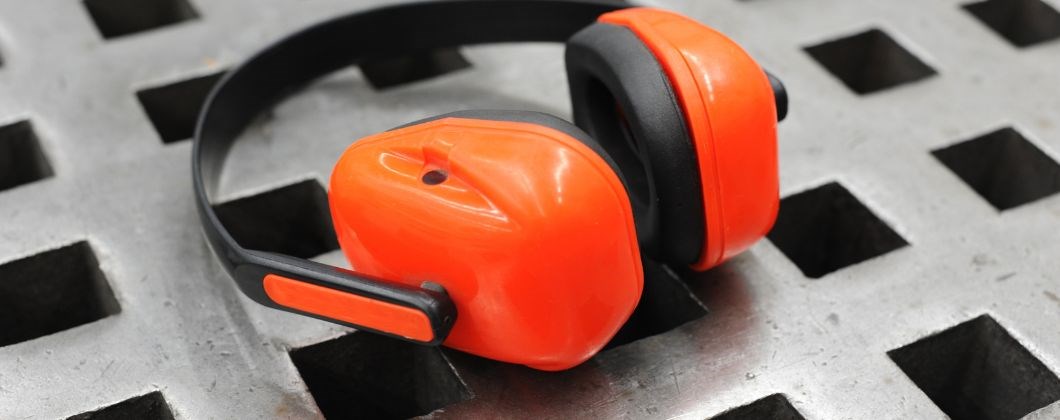Manufacturing Insights: Ways to Reduce Noise On-Site

Many work environments in the manufacturing sector require the use of tools and machinery that produce loud noises that can be harmful to employees. In fact, excessive workplace noise can lead to tinnitus, a distressing condition that causes ringing, buzzing or humming in the ears. Furthermore, continual noise exposure could result in permanent hearing loss. Fortunately, there are ways that sound exposure can be managed to help eliminate or reduce the risk. Employers should consider the following safety measures to reduce noise on-site:
- Keep up with machinery maintenance. Machinery is a common source of excessive noise, but this can be managed by ensuring that machinery parts are properly lubricated and well maintained. Frequent inspections will not only help identify the source of excess noise but also keep equipment working efficiently for longer.
- Isolate the noise. If possible, noisy machines should be moved to isolated areas to reduce harmful exposures. This could include an enclosure with an entrance specifically for workers that need access to noisy machinery and a limit on how long employees are allowed to work in an area. Even halving the time spent in noisy areas can reduce exposure by 3 decibels, according to the Health and Safety Executive.
- Encourage the use of personal protective equipment (PPE). There are various earplugs and earmuffs available for employees working in potentially hazardous noise environments. Employers should consider providing such PPE and posting signage with reminders around the workspace to use ear protection.
- Use low-noise tools. Where possible, low-noise tools and machinery should be purchased. While they may be more of a financial investment, they will benefit the health and safety of employees in the long run.
The Control of Noise at Work Regulations 2005 requires employers to eliminate or reduce risks to health and safety from noise at work. As such, it’s essential that organisations take measures to reduce noise exposure and provide employees with personal hearing protection.
Contact us today for more information on manufacturing safety practices and risk mitigation.
